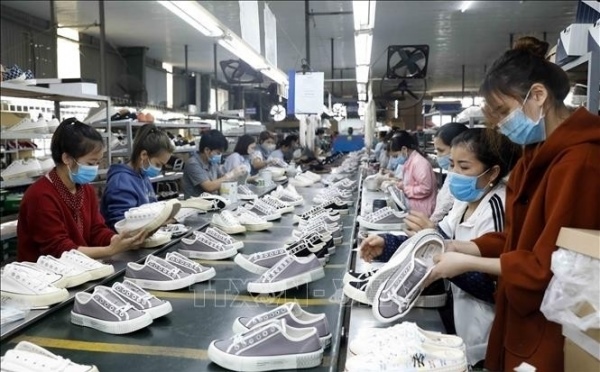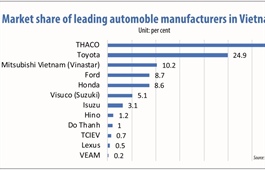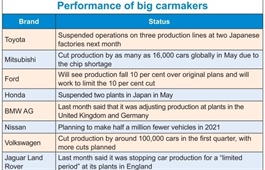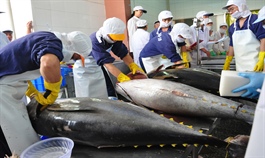Vietnamese wood furniture exports to US remain on rapid growth path
Vietnamese wood furniture exports to US remain on rapid growth path
Viet Nam’s furniture exports to the US have risen sharply in recent times, but to sustain the growth firms need to focus on complying with regulations in that market, including sustainable development norms, experts have said. 
Despites the COVID-19 pandemic, Viet Nam has become the world’s second largest furniture exporter (behind only China) from fifth, and overtaken China to become the largest exporter to the US.
In 2020, despite the disruptions to trade, Viet Nam exported US$7.4 billion worth of furniture to the US, an increase of 31 per cent from 2019. China’s exports were worth $7.33 billion, down 25 per cent.
The shift has happened over the past two and a half years with the US imposing tariffs as high as 25 per cent on almost all furniture categories from China, US magazine Furniture Today said.
At a recent webinar with Vietnamese businesses, representatives of US furniture distributors said since Chinese furniture tariffs are too high, they are looking for new suppliers and Viet Nam is the most suitable.
Many distributors source all of their wooden furniture from Viet Nam, including for the bedroom, dining room, office, and home, they said.
Viet Nam’s furniture sales to the US have increased rapidly in recent times, and if there had been no shipping constraints due to COVID-19, Viet Nam’s exports would be even higher, they added.
Tran Lam Son, deputy general director of Thien Minh Production-Trading and Export and Import Co., Ltd., said, “Three years ago, when international buyers visited furniture producing countries in Asia, they chose to visit China first and then Viet Nam.
“But now they do opposite and come to Viet Nam first.”
He explained that it is because Vietnamese firms have made great strides in terms of design and sales methods by actively marketing their products.
According to the Handicraft and Wood Industry Association of HCM City, the US is Viet Nam’s largest market, accounting for more than 50 per cent of the industry’s exports.
But Viet Nam only accounted for a modest $7 billion of $115 billion US market last year, and so opportunities to export remain huge, it said.
Nguyen Hoai Bao, a member of HAWA’s executive board, said the US has among the strictest standards in terms of origin traceability and legality of wood products, which forces Vietnamese businesses on their toes to avoid risks and tap the market.
Le Xuan Quan, chairman of the Handicrafts and Wood Industry Association of Dong Nai Province, said wood industry business groups need to enhance their members’ awareness of international regulations and standards.
The Government must have more efficient mechanisms to control raw materials and investment to avoid trade fraud and tax evasion, he warned.
Julie Hundersmarck, a specialist in the US Forest Service, emphasised despite the fierce global competition, US importers prefer to do business with suppliers from Asia.
The US Forest Service has initiated plans to help Viet Nam control the origins and ensure legality of its wood products to ensure sustainable development, she added.


























